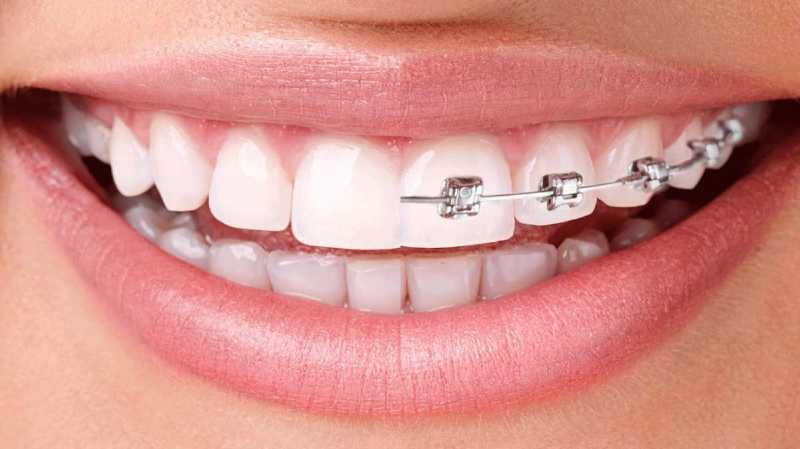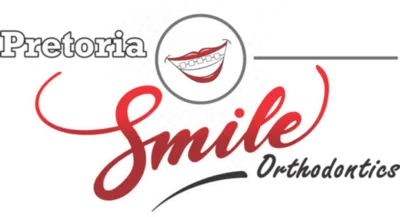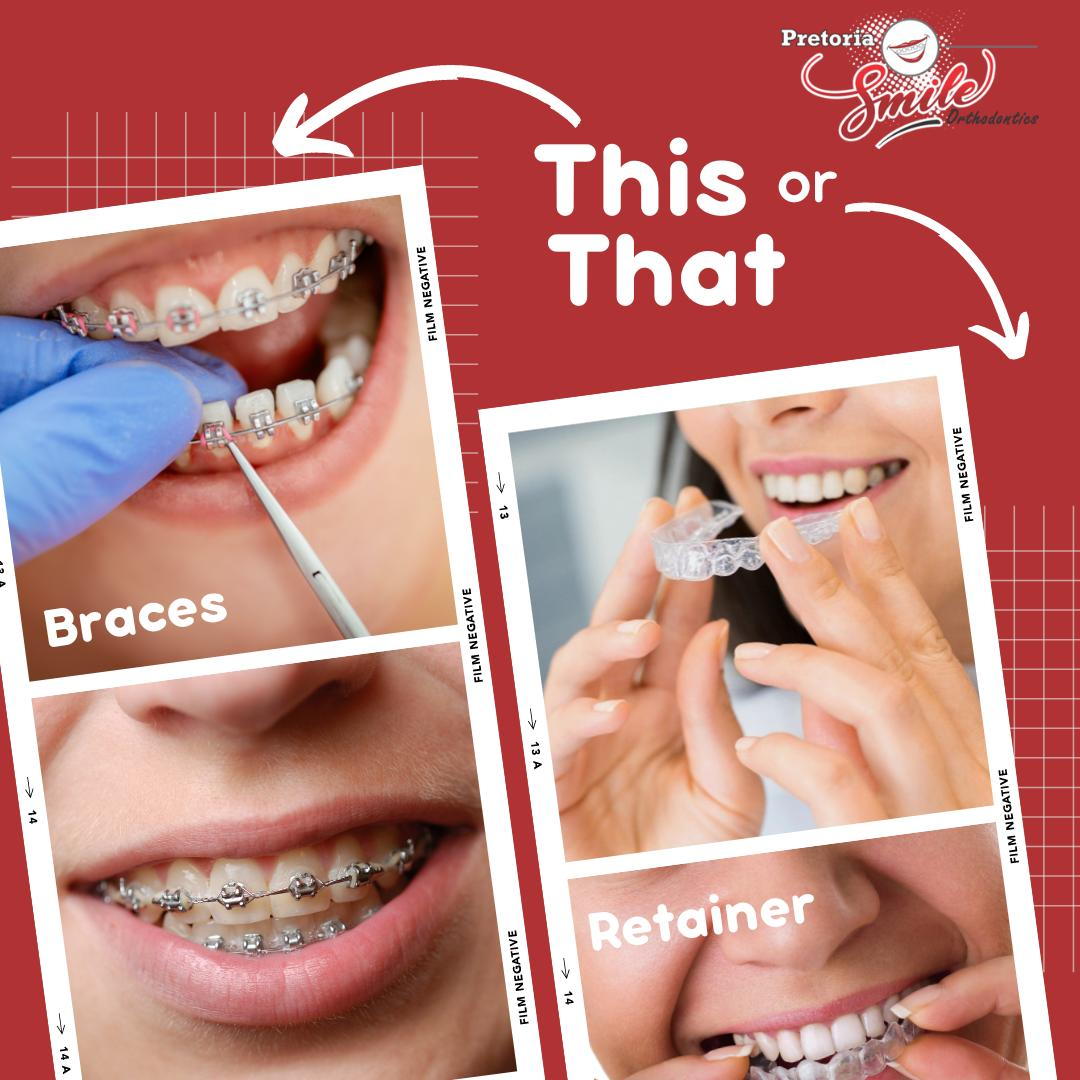
Invisalign and braces are two popular orthodontic treatment options for straightening teeth and correcting bite problems. Both methods have their own pros and cons, and the choice between the two often comes down to personal preference, budget, and the severity of the issue being treated. Here is a comparison of the two methods to help you decide which one is best for you.
Difference Between Braces and Invisalign
Appearance: Invisalign is a clear plastic aligner that is virtually invisible when worn. Braces, on the other hand, are metal brackets and wires that are attached to the teeth and are highly visible. For people who are self-conscious about their appearance and do not want others to know they are undergoing orthodontic treatment, Invisalign is a more appealing option.
Comfort: Invisalign aligners are made of smooth plastic, which makes them more comfortable to wear than metal braces. Additionally, there are no wires or brackets to irritate the inside of your mouth, and they do not interfere with eating or speaking. Braces, on the other hand, can be uncomfortable and may irritate the inside of the mouth, especially during the adjustment period.
Treatment Time: The duration of treatment with Invisalign is generally shorter than that with braces, with most cases being completed within 12 to 18 months. Braces, on the other hand, can take two to three years or longer to straighten teeth, depending on the severity of the issue being treated.
Ease of Care: Invisalign aligners need to be removed for eating and drinking, which can be a hassle for some people. Additionally, they must be cleaned daily to prevent bacteria buildup. Braces, on the other hand, do not need to be removed for eating or drinking, but they do require special attention to keep them clean and free from food particles.
Cost: Invisalign is usually more expensive than braces, but the cost can vary depending on the complexity of the case and the length of treatment. Braces are often covered by dental insurance, but Invisalign may not be covered, or only partially covered, by insurance.
In conclusion, both Invisalign and braces are effective methods for straightening teeth and correcting bite problems, and the choice between the two ultimately depends on personal preference, budget, and the severity of the issue being treated. Before making a decision, it's important to consult with an orthodontist to discuss the best treatment plan for you.

